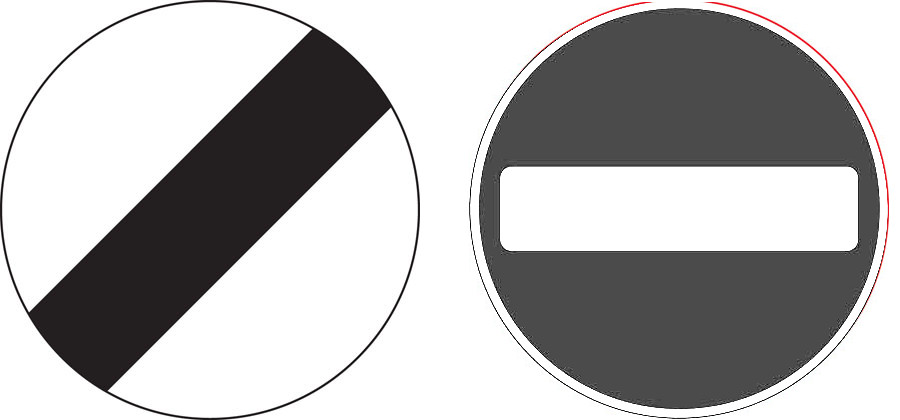Before the hard shoulder is made available to traffic, a speed limit will be applied to the main carriageway. This will be the same for all lanes and will usually be 50 mph. The speed limit shown over each lane will be in a red ring (see page 20) with no signals. There will be a red cross, with no signals, above the hard shoulder to indicate that it is closed. When the hard shoulder is in use as a traffic lane, the red cross will change to a speed limit (the same as for the other lanes). Should it be necessary to close any lane, including the hard shoulder when it is in use as a traffic lane, a red cross with red lamps flashing in vertical pairs will be shown above that lane (see page 89). The previous signal will show an arrow, inclined downwards to the left or to the right, indicating that you should move into the adjacent lane (see page 90).

